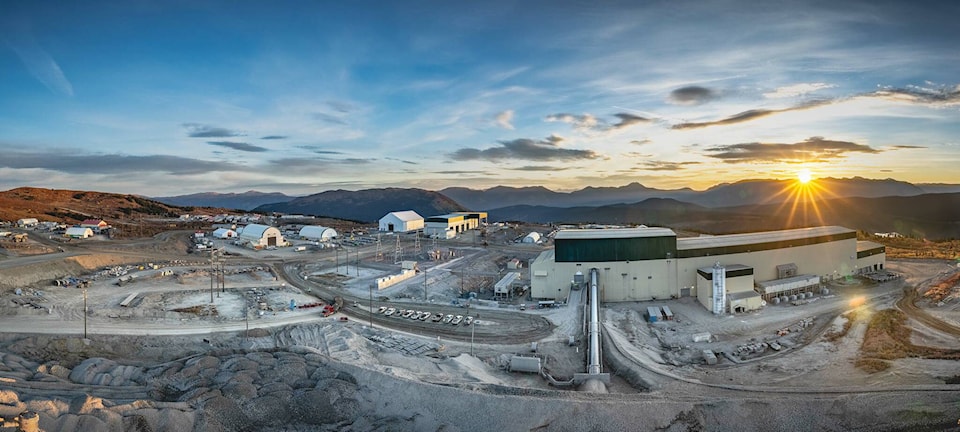In an ever-changing climate that continues to warm up, individuals and society have long been concerned about the mining industry’s contribution to global warming.
However, the president of the Association for Mineral Exploration (AME), Kendra Johnston, said the old-school stereotypes about the industry being dirty and not environmentally responsible are no longer valid. Much of B.C.’s commitment to being a clean industry is largely influenced by the North being one of the most vital areas for mineral exploration.
In a study by AME in 2020, five of the top 10 municipalities for exploration expenditures came from the North. Smithers was number one with $105.2M; Prince George took spot number three with $62.8M; Stewart took 5th place with $30M; Burns Lake took spot eight with $19.7M; and Terrace took place number nine with $19M.
This money not only went back into local businesses (from grocery stores to gas stations), but 21 per cent went back into Indigenous businesses.
To help combat the prejudice the mining industry faces, Johnston said that AME is working to change the public’s perception, including offering “discovery days,” where families, kids and groups such as the girl guides and boy scouts can come in and learn about mineral exploration, see different kinds of rocks and learn about new technologies. They also partner with MineralsEd, which supports teachers and the education system with earth and mineral sciences, along with working with local mining museums to help educate people.
“[AME is] very open to difficult and uncomfortable conversations,” Johnston said. “Whether with a local city group concerned about mining in their backyards, local First Nations who are being exposed to mineral explorations in their territory or someone buying an electric vehicle but who doesn’t understand where the minerals are coming from.
“We want to have these difficult and uncomfortable conversations and help align people’s values … including backing up information and data analysis with hard facts.”
With many mines being primarily run on hydro energy, B.C.’s mining industry does a great job of meeting Canada’s environmental and social standards, Johnston said. As B.C. is Canada’s largest producer of copper, it’s important the industry continues moving forward with new, eco-friendly technologies, thus reducing energy emissions.
Johnston said an impressive new technology is the remotely operated haul trucks or trolley-operated trucks running on a trolley line. Both of these energy-efficient trucks don’t require the use of diesel fuel, therefore reducing emissions.
Drones are also an exciting new way the industry can explore the land without relying on helicopters and planes.
Instead, drones can go out and map the land, discover the kinds of rock in the area and look at land forms and geophysics.
Another improvement is the downhill drill scans that can scan and analyze rocks without having to send the rocks elsewhere for study. This results in fewer trucks on the road. Further studying continues within software programming and machine learning, which allows for better data analysis and the use of artificial intelligence.
Additionally, Johnston said that most drill companies now recycle the water used for drilling.
“With the climate warming and most areas experiencing water shortages now, [drill companies] recycle the grey water so that the water going through the drill, when it comes out, instead of draining it away, it’s cleaned and recirculated into the drill rig. Far less water is used and far less debris in terms of run-off. It’s much more environmentally friendly.”
As the demand for a low-carbon economy continues to grow, so does the need for copper and other minerals.
AME is committed to the environmental, social and governance (ESG) standards, helping find new technologies, renewable energy resources and how the economy can continue to thrive, Johnston concluded.
